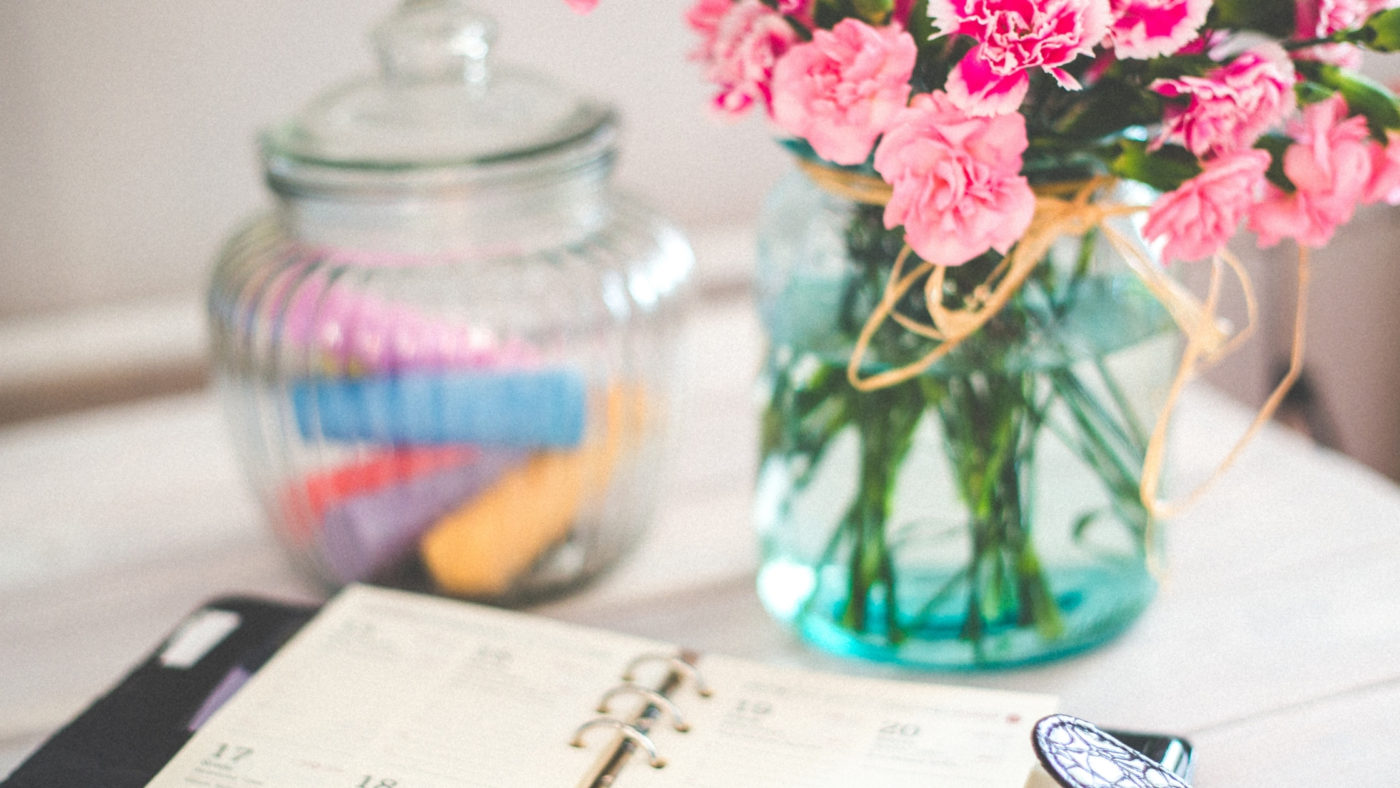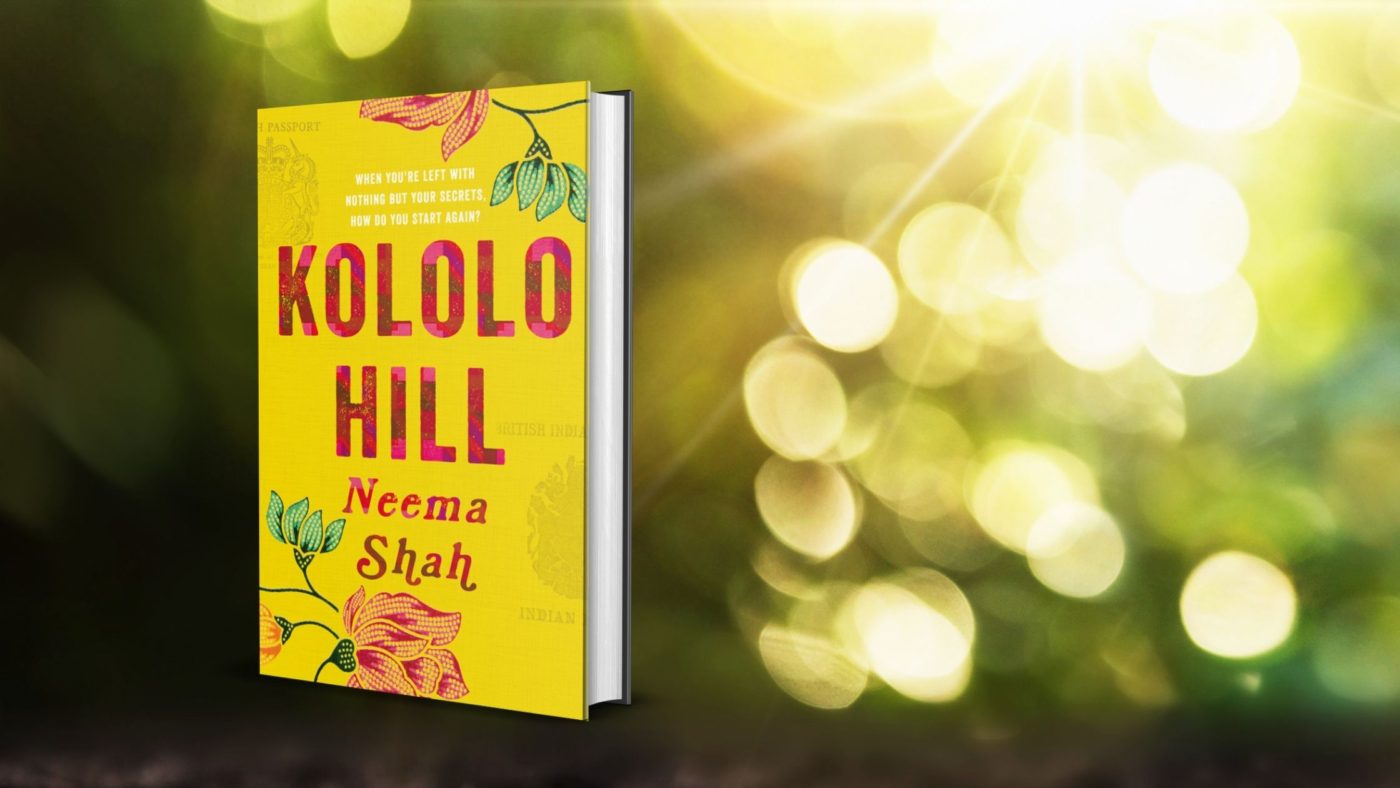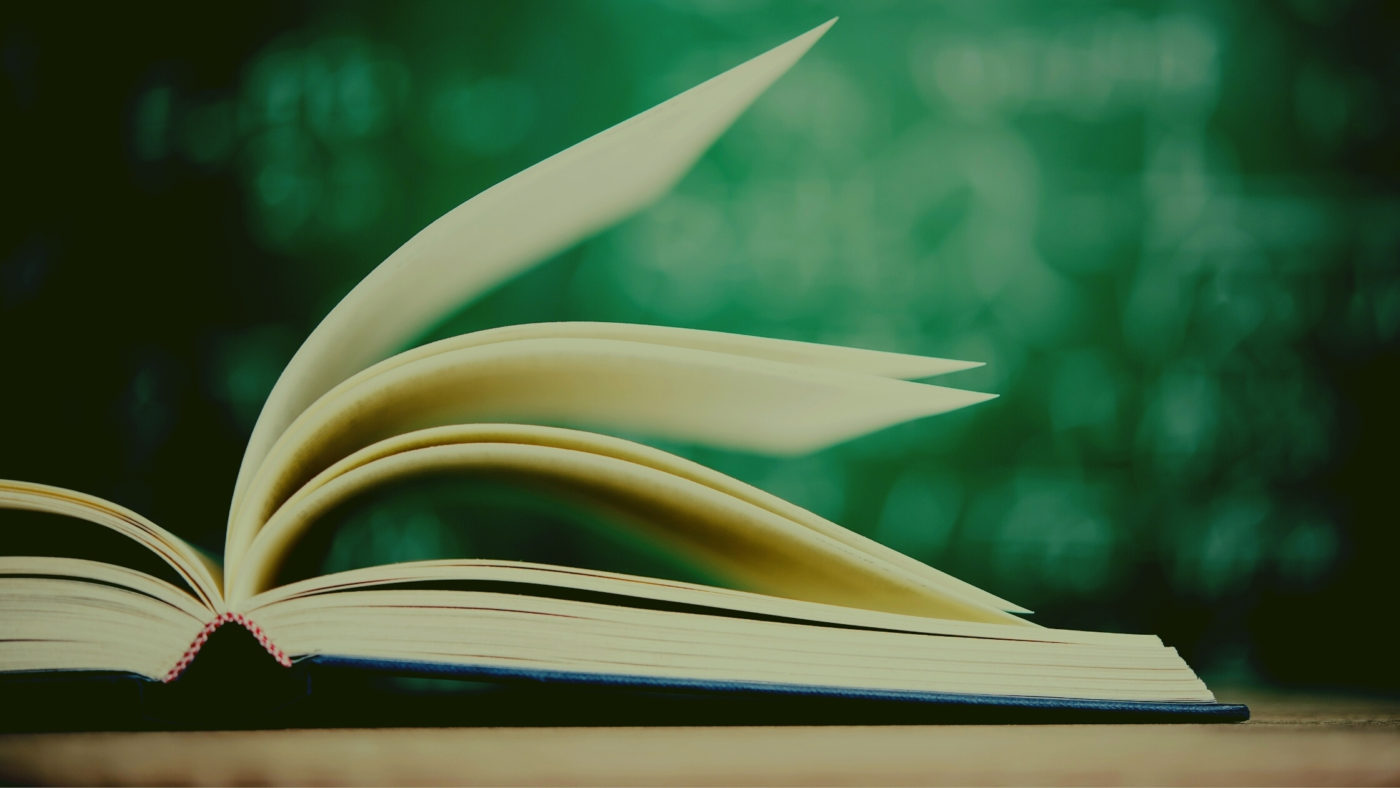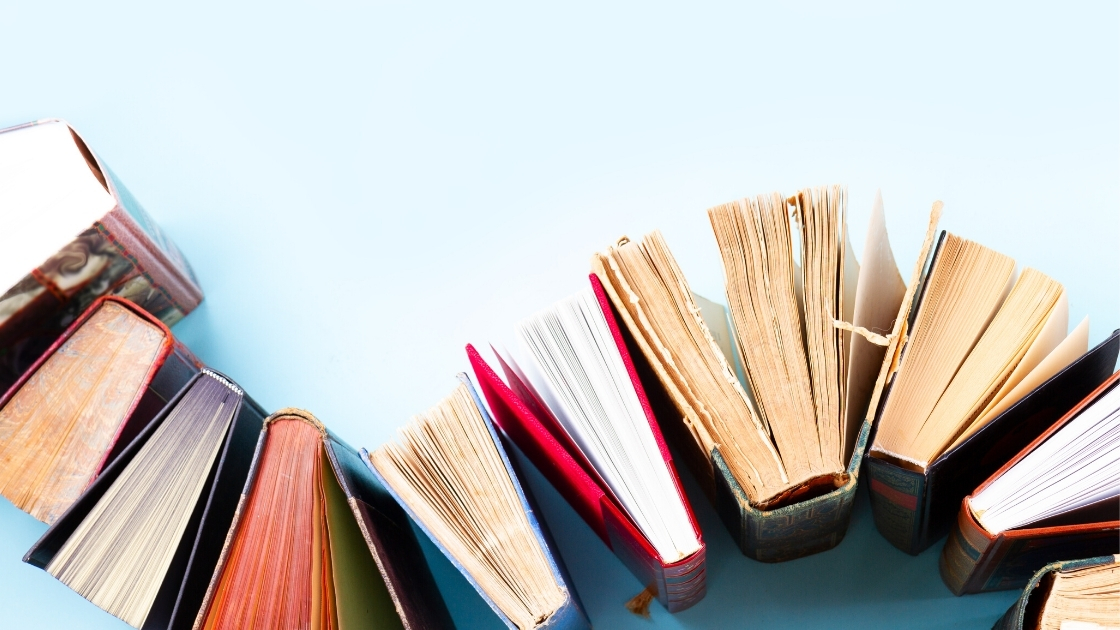Music for writing
Generally if I’m writing, I try not to listen to anything with English (or Spanish, as I also speak that) lyrics because it’s distracting. That said, I’ve got better at this with book 2 so never say never. Sometimes it can be a bit boring sitting in silence. And it’s often how I spend my day job when I’m not in meetings so it’s nice to vary things. Creating writing playlists has helped me to get into a different mindset and delineate my writing work from my day job in marketing.
The other key reason I used music to write Kololo Hill. was because I wrote a lot of the first draft on my commute. London Underground is not the quietest of places so I’d turn on my noise cancelling headphones and pump up the writing music!
I love piano, both modern and classical. My favourites include Yann Tierson and Philip Glass. I also quite like cinema soundtracks as they’re often emotive. If I feel like listening to something a bit more modern, I’ll go for Sigur Ros (again, partly because it’s not in English).
You can find my writing playlist on Spotify or listen below.
Playlists for novels and characters
Although I’ve spent a lot of time in East Africa, in particular, family holidays in Kenya and a year in Tanzania when I was a toddler, I’m London born and raised. Getting into the mood and tone of a novel set in hot Ugandan while commuting on a packed tube in the middle of winter wasn’t the most helpful place for immersing myself in my story, That’s why ‘mood’ playlists were so helpful.
I didn’t know much about traditional Ugandan music but I researched it during my first draft. I also found some relevant soundtracks, Last King of Scotland and Queen of Katwe for example (both fab films set in Uganda by the way). It’s good to be wary of soundtracks though because they might not be entirely authentic to the period or the country. That said, they can be helpful for evoking a particular feeling or mood.
As my main characters are all of Indian heritage, I indulged in lots of classic Bollywood from the 1940s to the 1970s. The spread of years helped me to distinguish characters of different generations too. For example, Jaya and Motichand would listen to older music while Asha, Vijay and Pran would tend to listen to the contemporary Bollywood music of the 70s.
Vijay is also an avid music buff and he has an eye on the West. So although my tracks are not strictly historically accurate (Tusk by Fleetwood Mac for example), I included British and US music from throughout the 70s. This also helped me to create the story’s transition from Uganda to Britain.
For book 2, I’ve also created specific playlists for each character. I’ve found this helpful for developing distinctive voices and viewpoints for my main characters.
You can hear my Kololo Hill playlist on Spotify.
I hope this post is useful. Why not try creating playlists for your own work.
Don’t forget, Kololo Hill is available to buy on Amazon, Waterstones and lots of other bookshops now.
- Don’t forget to subscribe to this blog to make sure you’re always the first in the know.
- I’d love to hear what you think of these tips so say hello here or find me on Instagram, Facebook or Twitter.







